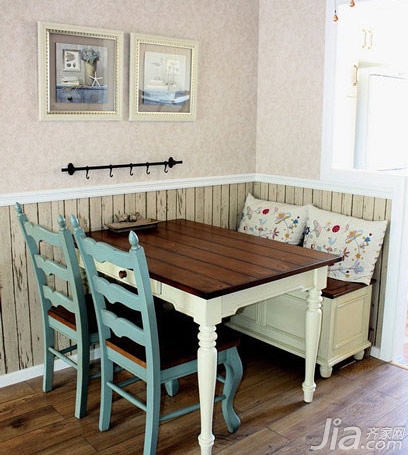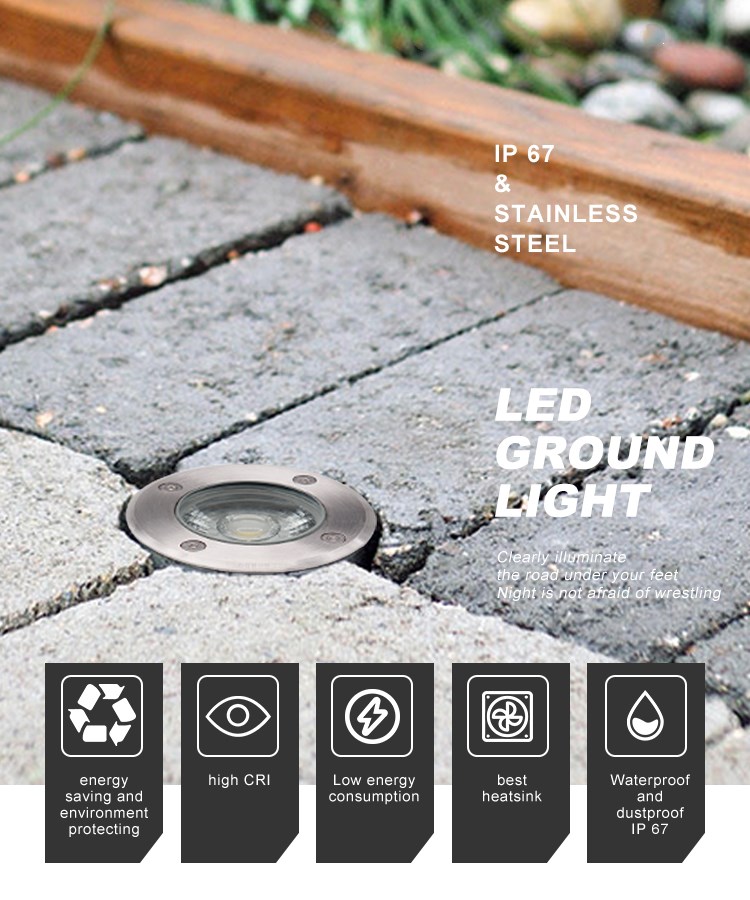
9 Key Aspects to Consider When Accepting a Second-Hand Home
When purchasing a first-hand home, the quality inspection is essential. However, second-hand homes also require careful evaluation before finalizing the deal. So, how do you check a second-hand property thoroughly?
Many people assume that since second-hand homes have been lived in for years, there shouldn't be major structural issues. But experts advise that even second-hand homes need proper inspection. These properties may come with unresolved problems from previous owners, so it's important to assess both physical and legal aspects.
1. Ensure All Expenses Are Settled
Before taking possession, make sure the previous owner has cleared all utility bills, including electricity, water, gas, internet, and property management fees. This helps avoid unexpected costs after the move-in.
2. Check the List of Included Items
Most second-hand homes are sold with some furniture or appliances. It’s crucial to list all items included in the sale, such as TVs, air conditioners, or kitchen appliances, along with their brands and models. This prevents disputes later when checking if everything was delivered as agreed.
3. Verify Property Rights
Checking the property title is one of the most critical steps. Confirm that the seller is the rightful owner and that the property is free from liens or legal disputes. Visit the local housing authority to verify the ownership details and ensure the house is not a public housing unit with restricted resale rights.
4. Confirm Invoice Completeness
After purchase, make sure all transfer documents, such as electricity, water, and internet invoices, are complete. Without them, you might face difficulties using these services immediately after moving in.
5. Check Account Transfer Issues
If you're buying the home for your children's schooling, ensure that all existing accounts (such as household registration) are properly transferred. This ensures a smooth transition and avoids future complications.
6. Understand the Market Price
Before making an offer, research the average price of similar homes in the area. This helps you negotiate effectively and avoid overpaying. Be cautious during the transaction process, especially if using an intermediary, to prevent falling into any traps.
7. Inspect Internal Facilities
Water and electrical systems are often the biggest concerns in second-hand homes. Look for signs of leaks, cracks, or outdated wiring. Check walls for discoloration, peeling paint, or water stains. Also, inspect the flooring for dampness or mold, especially near bathrooms and balconies.
Pay attention to the layout of the house—check for unreasonable pipe placements, poor ventilation, or ceiling damage. Make sure the power supply can handle modern appliances like air conditioners. If the home is connected to natural gas or has a hot water system, confirm these details.
Check the heating system and whether the number of radiators is sufficient. Evaluate the overall condition of the decoration and note any potential renovation needs. Also, review the property management standards, including service quality, security, and cleanliness of common areas.
8. Review the House’s History
Knowing the history of the house is important. Find out who lived there, how long they stayed, and if there were any incidents like theft or unpaid debts. Talk to neighbors and community staff to get a better sense of the environment.
9. Inspect the Home at Different Times
It’s recommended to view the home during different times of the day. Visit on a sunny day to check lighting and ventilation. Come back at night to assess noise levels and safety. Finally, inspect the property after rain to look for water seepage or structural damage that might not be visible otherwise.
By carefully reviewing these nine aspects, you can significantly reduce the risks associated with buying a second-hand home and ensure a smoother, more confident purchasing experience.
Second-hand House Inspection, Home Renovation, Water Leak, Property Management, House Purchase Tips, Home Buying Guide, Real Estate Tips, Home Inspection Checklist, House Renovation Ideas, Apartment Inspection
LED underground lights embedded on the ground. Lighting the ground and vegetation on the ground can make the landscape more beautiful and safer for pedestrians to pass. LED energy-saving light sources are now mostly used. The surface is polished stainless steel or aluminum alloy panel, high-quality waterproof joints, silicone sealing ring, and tempered glass, which are waterproof, dustproof, leak-proof and corrosion-resistant.china underground factory price directly

Our other products range:LED Underground light , LED Underwater Light, LED Wall Washer Light, LED Linear Light , LED Outdoor Flood Light, LED Garden Light , LED landscape light , LED Strip Light , LED Step Light etc.
Led underground Light,LED waterproof underground light,Outdoor IP68 underground Light,China underground factory
SHENGYA LIGHTING TECHNOLOGY CO., LTD. , https://www.syalighting.com
